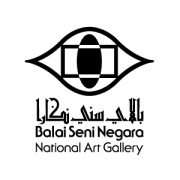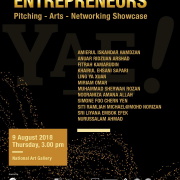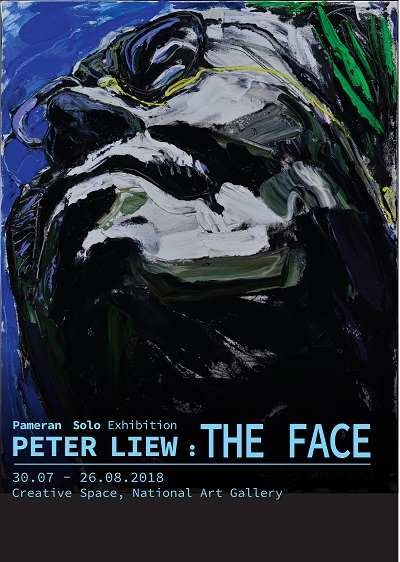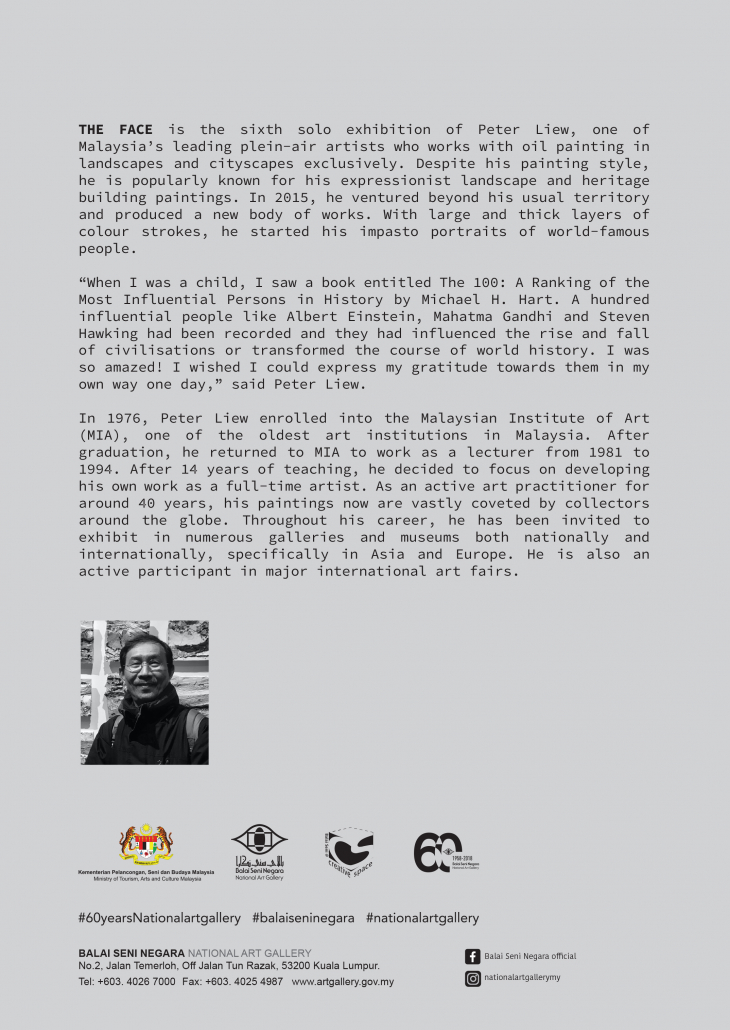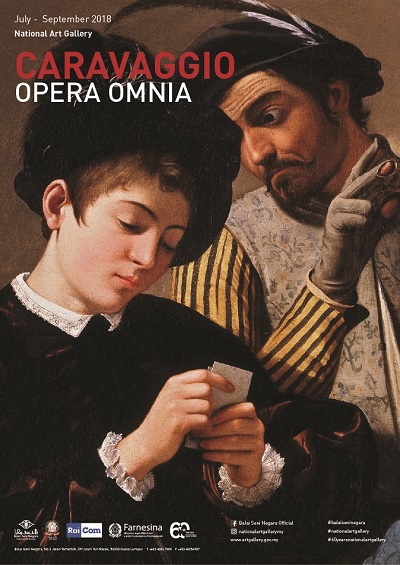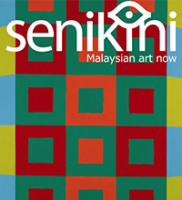Press Release Young Art Entrepreneurs (YAE!)
August 9, 2018, KUALA LUMPUR – The NATIONAL ART GALLERY is proud to present another group of 12 young art entrepreneurs from the Second Cohort of its Young Art Entrepreneurs (YAE!) career development programme. To celebrate their debut, an exhibition showcasing their art work, products and brands, wil be held from 2nd to 15th August 2018.
YAE! Second cohort comprises of 12 participants from various background ranging from Fashion Design to Graphic Design to Fine Art to Raku Art and Mural Art. The exhibition is unique. For the first time, in its sixty year history, the National Art Gallery is holding an exhibition of products, designs, creative artworks and merchandises developed by protégés nurtured through a Young Art Entrepreneurs career development training.
Over a period of four months these young artists have been equipped with skills designed specifically to turn artists into entrepreneurs. Participants between ages of 20 to 30, are selected from a long list of applicants, based upon their artistic talent and aptitude in business.
Each participant is provided with a studio within the premises of a purpose-built Art Depot on the grounds of the National Art Gallery. The Depot is constructed out of used shipping containers that are refurbished, artistically stacked, air-conditioned and brightly painted to suit the taste of the young candidates..
The model adopted by YAE is based on the concept that an artists need space to create and exhibit their work, some of form of sustenance and adequate entrepreneurial skills to succeed in business.
NAG provides the space for them to create and exhibit their work, supports them with a stipend, gives them individualized coaching and mentoring on entrepreneurial skills to ensure that they will survive as art entrepreneurs in the competing business world. The objective of this career development training is to turn young artists into art entrepreneurs who will be able to sustain themselves and profit from their creative enterprise.
In this exhibition, participants feature their art products that could be monetized to be promoted in the market place as part of their business planning. Products exhibited by these artists under 12 brands sold by their 12 newly formed companies include, beach wear, Raku handmade tablewares, hand printed cushions, batik textiles, hand illustrated tote bags, and attractive contemporary paintings in oil and acrylic.
Previously, YAE ad successfully produced seven young art entrepreneurs who are now operating their own business ventures.
In line with the Director General’s aspiration to ‘monetize culture’, the YAE program is designed to produce more young art entrepreneurs who are able to compete in the visual art industry, locally and internationally.
The exhibition starts from 2nd to 15th August 2018 at the National Art Gallery and the official launch will be held on 9 August 2018 by YB Tuan Muhammad Bakhtiar bin Wan Chik, Deputy Minister of Tourism, Arts and Culture of Malaysia.
Corporate Communication Division
National Art Gallery
No. 2 Jalan Temerloh Off Jalan Tun Razak
53200 Kuala Lumpur
Tel : 03-40267000 Fax : 03-40244998
pr.artgallery@1govuc.gov.my






